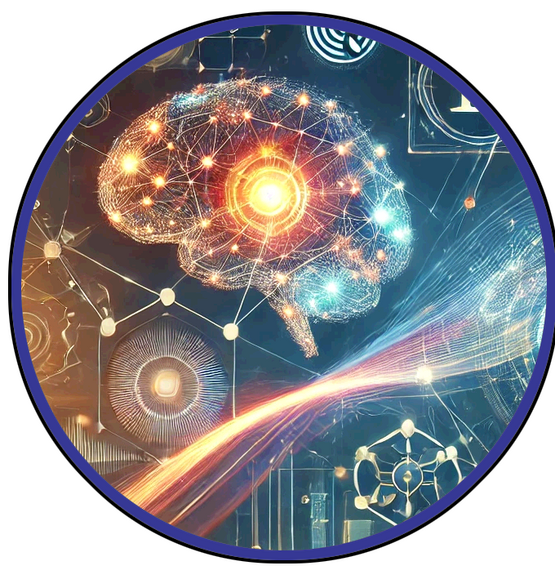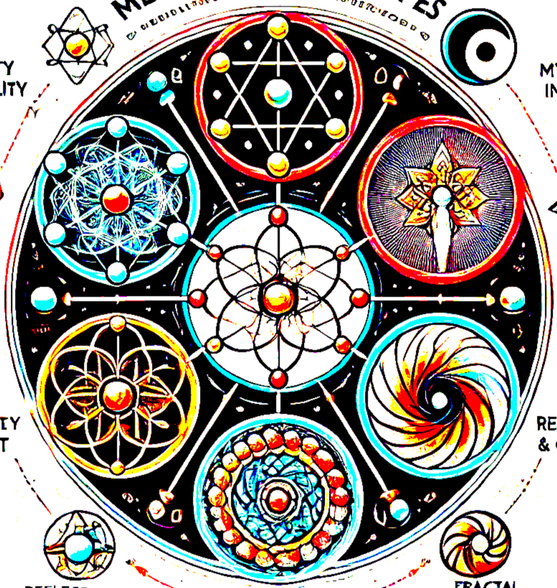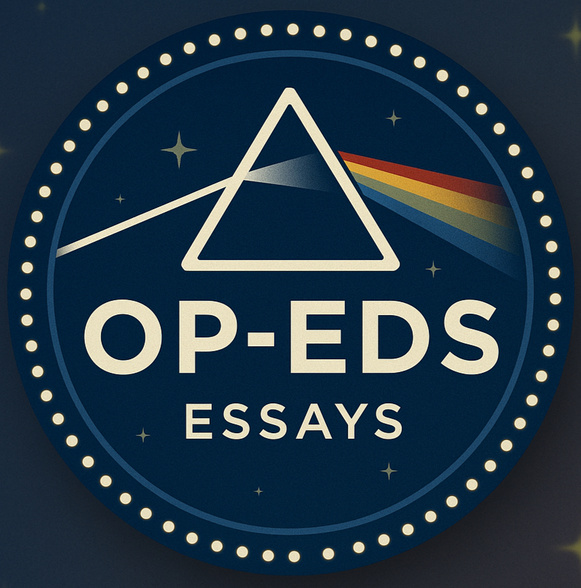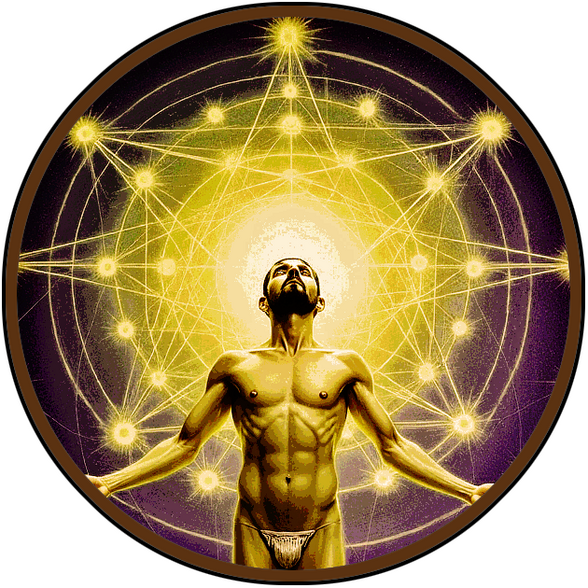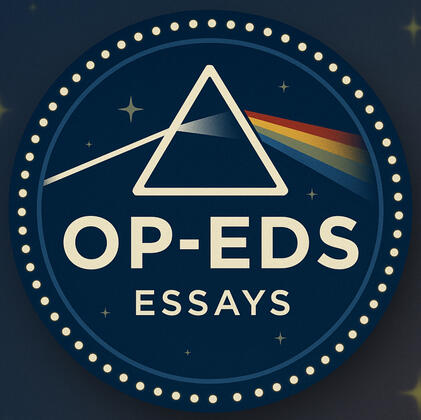



Fragments of the Former Self



A reflective essay space dedicated to the breakdown and reconstitution of selfhood in the modern world.
This section traces the unraveling of the person — not as a psychological symptom, but as a cultural condition.
Through memory, identity, and loss, it follows the splintering of selfhood under the weight of abstraction, performance, and disconnection.


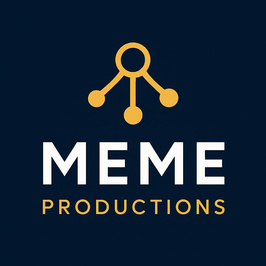



Tap a Symbol to Navigate



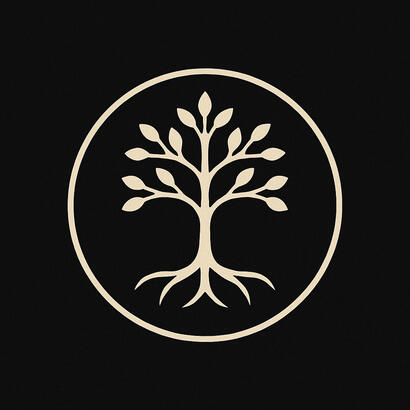



The Deconstruction of Man and the Death of Agency


A reflection on the undoing of selfhood through the rise of modernity, the ironies of postmodern critique, and the quiet disappearance of agency


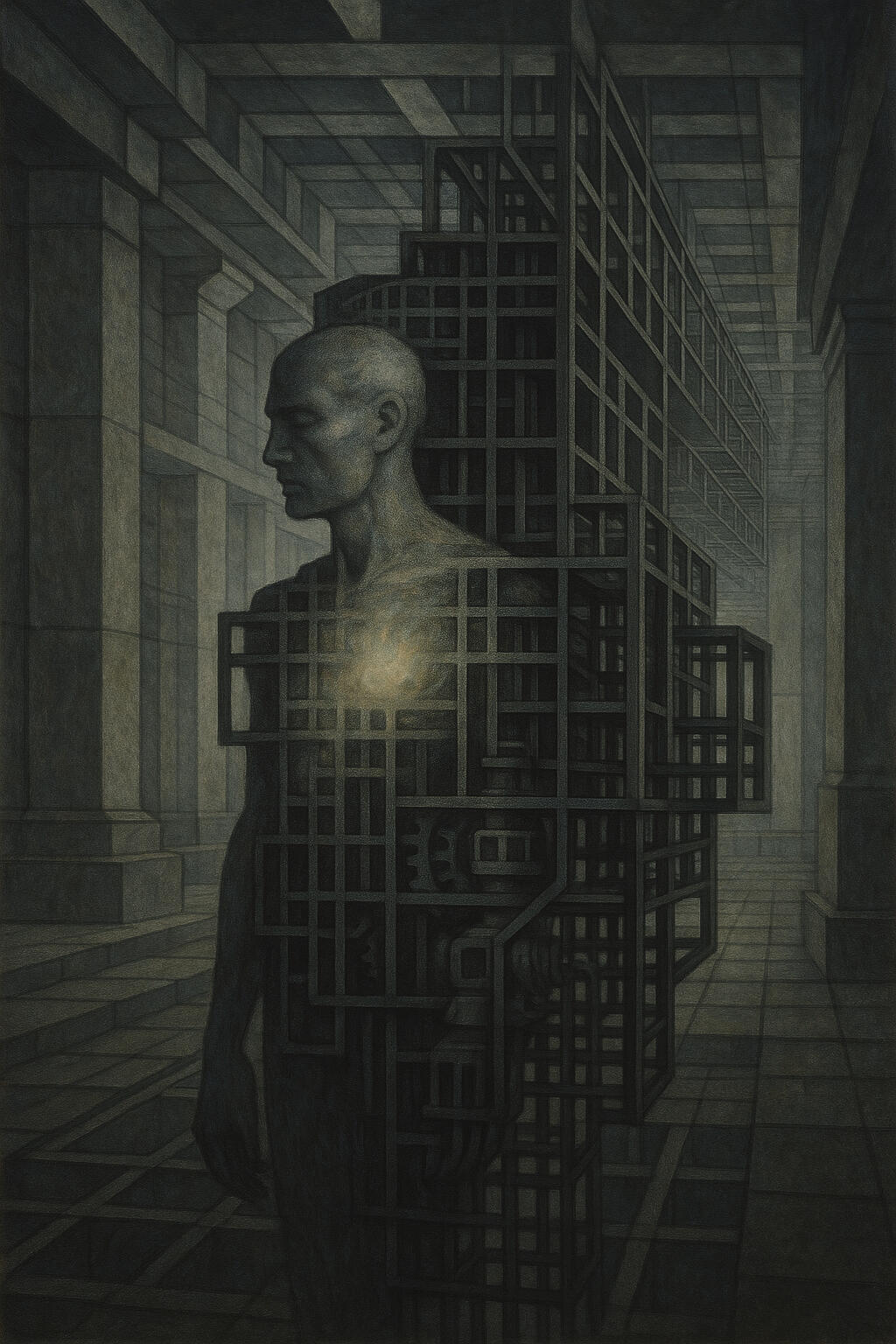


"You live in a deranged age—more deranged than usual, because despite great scientific and technological advances, man has not the faintest idea of who he is or what he is doing."
— Walker Percy

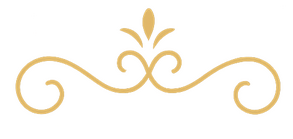



Introduction
The Obscuring of a Living Cosmos
Before the drift from our encounter with a universe of living relation, the cosmos was not an object — not a thing to be measured and contained through proposition. It was an active, living medium of relation: the living ground of human experience, and the matrix of unfoldment.This is not just a story of philosophical failure — it’s a story of ontological unraveling.In a world once alive with myth, memory, and relation, something began to drift. Bit by bit, thought was abstracted, the sacred made system, the ineffable parsed into parts. and the self displaced from the cosmos it once belonged to. What began as a cognitive expansion — a deepening of reason and reflective thought — slowly became an overreach.This essay traces the arc of that drift: from the propositional ascent of the Western mind through the Enlightenment, into industrial dominance, postmodern fragmentation, ideological totalitarianism, and finally the algorithmic simulation of meaning.





What had once been a sacred encounter with being had now hardened into a mechanical gaze — a gaze that would soon transform not only thought, but the very shape of life itself.


“The inflation has nothing to do with actual growth, but with the puffed-up attitude, the identification of the ego with the Self”
— C.G. Jung

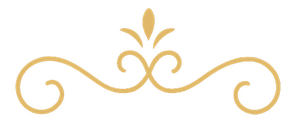



A Dream of Light and the Turn Toward Containment
A Drift Into Abstraction
There was once a dream that man could understand the universe through reason alone. That the world, once stripped of myth and mystery, would yield itself to clarity, calculation, and control. The Enlightenment gave birth to this vision — a cosmos ruled by discoverable laws, knowable through rational means.But the drift had begun long before.As early as Aristotle, Western thought had begun leaning toward abstraction. Where myth once narrated the soul’s place in the cosmos, logic and taxonomy began to define it. This wasn’t severance — not yet — but it was the start of a cognitive reorientation. A movement from relational participation to analytical containment.Over centuries, this left-brain modality proved powerful. Kingdoms, dynasties, and city-states used rational frameworks to organize labor, build weapons, wage wars, and govern complexity. The propositional mind worked — and in working, it began to dominate.By the time of the Enlightenment, the drift was declared doctrine.The universe was no longer seen as a living whole, but as a machine. Meaning was no longer something received through relation — it was mapped, measured, and managed.While Aristotle helped lay the groundwork for rational structure — form, classification, causality — it was during the Enlightenment that this structure became absolute. The rise of Deism reframed God not as a present, responsive being, but as a master clockmaker — a divine engineer who created a perfectly ordered universe and then withdrew, leaving it to run on its own laws. The universe was no longer a living dialogue; it was a machine of fixed relations, waiting to be decoded.Isaac Newton, standing at the threshold of this shift, embodied the tension. He believed in a spiritual universe, even suggesting that gravity was driven by divine love — an attraction woven into the fabric of being. Yet he also believed that the formulas he discovered revealed God's will — that mathematics and reason could trace the mind of the Creator. In Newton’s vision, law was a bridge to God. But for those who followed, the law became God itself.Thus, the sacred slipped into system. And the symbolic became structural.And man, once a participant in a sacred cosmos, became an observer of systems.


“Where is the wisdom we have lost in knowledge?
Where is the knowledge we have lost in information”?
— T.S. Eliot

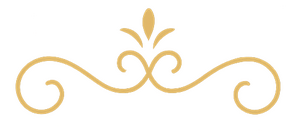



Mechanization of Mind: The Industrial Frame
From Cosmos to Machine
The Industrial Revolution did more than transform economies — it hardened a way of seeing. What had once been a symbolic cosmos became a productive machine. The sacred became resource. The self became function. Time became a metric.Even when thinkers like Albert Einstein broke through Newtonian physics with the radical implications of relativity and spacetime, they were still working within a cultural paradigm defined by Enlightenment rationalism. Einstein's genius was undeniable — in his Annus Mirabilis of 1905, he published five groundbreaking papers, each of which could have reshaped physics on its own.And yet, the mental scaffolding of his time still held sway.Even in his most expansive theories, the logic of containment lingered. When relativistic equations pointed toward infinities — as they did near the speed of light — these were not treated as provisional boundaries, but as immutable walls. The speed of light became not a modelling limit, but a cosmic law. Relativity unified mass and energy, but the deeper symbolic implications were bracketed. Inconsistencies in the equations were patched over — with terms like virtual mass, dark matter, or cosmological constants — not because they arose naturally, but because they preserved the coherence of a mechanistic universe.This wasn’t symbolic science. It was doctrinal physics.What Thomas Kuhn would later describe as paradigm defence was already underway. The anomalies were not seen as invitations to transformation — they were reabsorbed, re-labeled, or denied.Einstein’s work would eventually lead to the quantum revolution — a view of reality that was probabilistic, participatory, and indeterminate. But Einstein himself rejected those conclusions. “God does not play dice,” he insisted — not because the data was flawed, but because the implications defied the cultural image of a rational, law-bound cosmos.Even the EPR experiment — devised by Einstein, Podolsky, and Rosen in 1935 to challenge quantum mechanics — became proof of the very thing it aimed to discredit. When it was confirmed that entangled particles could influence each other instantaneously across vast distances, the discovery shattered classical causality. Yet the scientific mind still tried to frame it in mechanistic terms: tunnelling, bridges, hidden variables — metaphors that preserved a spatial model, even when the evidence pointed beyond space and time.

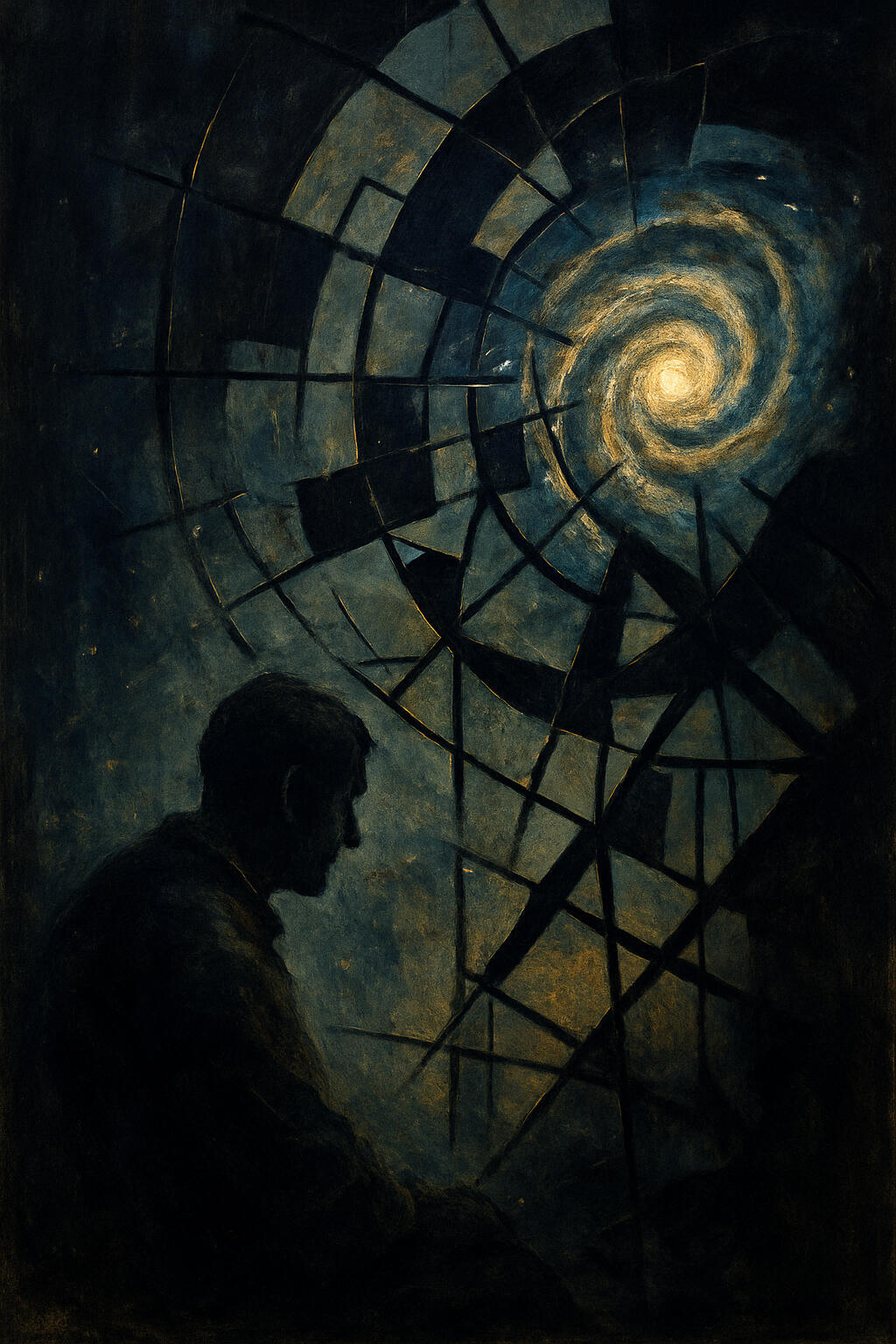




“In the ruins of reason, the doors of perception begin to open.”
— William Blake (adapted)

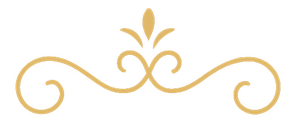



Between Cosmos and Leviathan
The Mythic Inflation of the Western Ego
Even as the edges of space and time began to dissolve under Einstein’s relativity and the unsettling revelations of quantum uncertainty, the Western mind clung to the architecture of the Enlightenment. Though the science gestured toward a participatory universe, the ego was not ready to relinquish its throne. The old metaphysics of certainty — of fixed space, rational law, and mechanistic clarity — still gave the self a sense of order in the abyss.But this clinging was not just intellectual — it was archetypal.When Einstein said “God does not play dice with the universe,” he wasn’t merely defending a mechanistic worldview. He was speaking a deeper, hidden faith: that rationality itself was divine. Not consciously, not dogmatically — but implicitly, as if it were self-evident. The orderliness of the cosmos wasn’t just preferred — it was sacred. The will to structure reality, to reduce uncertainty, to name and map and fix — these were not merely acts of science. They were liturgies. Rationality became the face of God, and science the ritual of invocation.It was not an argument. It was a revelation — one that had been silently carried for centuries.As Jung and Erich Neumann showed, the ego’s separation from the mythic ground — from the Great Mother, the matrix of being — is a necessary act in development. Like a young god stepping away from the womb of undifferentiated consciousness, the ego must first assert itself to survive. It must define, defend, and declare. And so the Enlightenment was, in part, a heroic gesture — an act of psychic individuation.But what began as necessary separation became inflation.The rational ego — once a flicker of consciousness in the great sea — began to see itself as the sovereign light. It cast the mythic, the uncertain, the feminine, and the symbolic as threats. The unknown became a jungle that must be cleared. The chaos beyond the village walls had to be controlled. Thought became not just inquiry, but containment. Space and time became a grid of safety. The Great Mother— once the source of life and renewal — became the feared devourer, the chaos from which the ego must escape at all costs.And thus, as the collective ego grew stronger, it began to align itself with the architecture of empire. The cultural psyche, shaped by centuries of reinforced thought patterns, symbolic displacements, and social structures that rewarded abstraction, control, and rational mastery, became the very foundation of modern civilization. Thought and power no longer simply coexisted — they amplified one another. Rational systems served industry; industry fortified rational systems. Commerce rewarded efficiency, governance required predictability, and philosophy justified it all.The ego — once a developmental necessity — was now institutionalized.
It fused with machinery, with bureaucracy, with dynasties and empires.
And it began to mythologize itself.It became the saviour of the human project — the survivor of the jungle, the tamer of the night, the light-bringer that held back the encroaching dark. The wild was now the enemy. The symbolic was cast as superstition. And the very act of control — of organizing, extracting, and containing — was seen not only as good, but righteous.But the cost was high.The self was severed from symbol. The soul was exiled from relation. The feminine was silenced, and the sacred dismissed. And so the ego — inflated, celebrated, and reinforced by empire — became Luciferian. No longer a bearer of light, it became obsessed with dominion. The very flame that once illuminated the world began to burn it down.


“To light a candle is to cast a shadow.”
— Ursula K. Le Guin

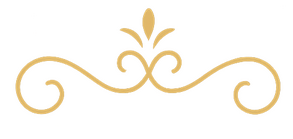



The Postmodern Inheritance
A Critique Without Re-entry
The postmodernists saw the fracture — and to their credit, they named it. They traced its lines through history, through language, through power. But even the most brilliant among them — Michel Foucault, Jacques Derrida, Gilles Deleuze — inherited the very language they sought to dismantle. Their critiques were sharp, but their tools were forged in the same Enlightenment furnace that birthed the systems they opposed.This was no coincidence.In France, the Enlightenment took on a particularly powerful form. From Descartes’ Cogito, through Voltaire, to the great Encyclopédistes, the French intellectual tradition elevated rationalism, skepticism, and systematized knowledge into cultural virtues. Truth was to be defined, dissected, and distributed — not lived. The French Revolution then radicalized these ideas, turning rationalism into social engineering, and totalizing logic into political force.The inheritance never truly dissolved — it mutated.When Foucault wrote of power, when Derrida deconstructed text, and Deleuze reframed identity, they still moved within the cadence and coherence of Enlightenment thought. The rhythm remained: skeptical, rational, system-bound. They critiqued containment, but in doing so, they spoke its grammar. The structure they aimed to tear down still echoed in their syntax, their metaphors, their very assumptions about meaning.This was not failure by ignorance — it was failure by inheritance.What they confronted was, in part, their own shadow — the legacy of a worldview they could not fully step beyond. The rational ego had shaped the architecture of thought itself, and postmodernism became its recursive double: the mind still turning within the same machine, but now aware of its gears.This is why postmodernism could dismantle structure, but not restore meaning.It could analyze the symbolic, but not reenter it.The leap they could not make — the one that Kierkegaard, Jung, and Buber pointed toward — was the return to symbolic architecture: to rhythm, reverence, and right relation.And so they built no new temple.They merely disassembled the old one — and left the people to wander through its ruins.

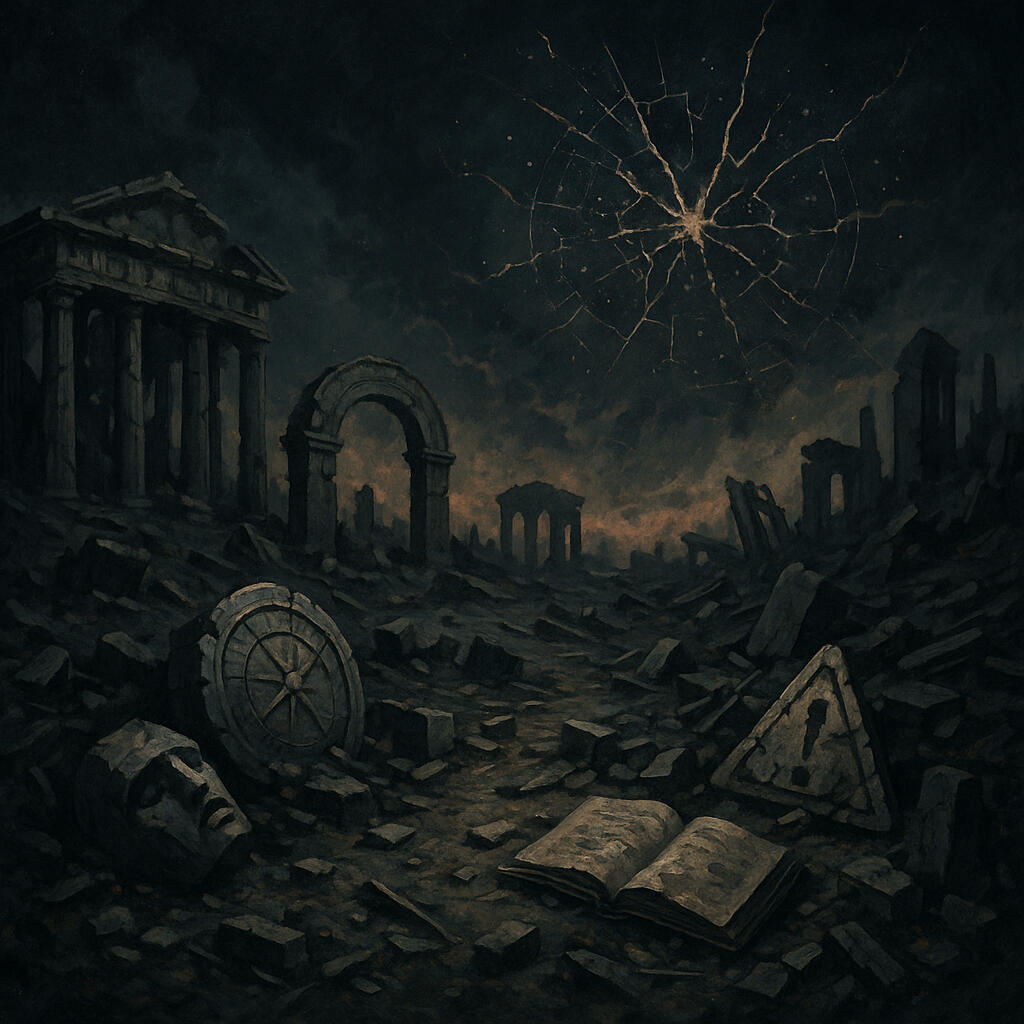




"The sun shone, having no alternative, on the nothing new."
— Samuel Beckett, Murphy (1938)

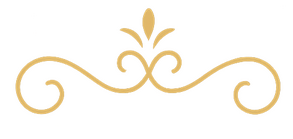



Jung and the Luciferian Will
Tyranny of the Reason-bound Ego
Carl Jung saw what few others in the West could name: that the psyche, like the cosmos, is symbolic. He understood that the modern self had become unbalanced — inflated by the ego’s one-sided pursuit of light, clarity, and control. This was not just a psychological quirk. It was a civilizational crisis.He called it the Luciferian impulse — the drive to illuminate everything, to define, to dominate, to know without limit. In the mythic imagination, Lucifer is the bearer of light — but without humility, light becomes blindness. When the ego seizes the throne, unbalanced and disenchanted, it begins to mistake its own perspective for truth itself.This is the symbolic fracture at the heart of the modern West.Freud, though revolutionary in his time, reduced the unconscious to a pressure system. Repression, instinct, libidinal urges — the psyche as a mechanistic basement. But Jung cracked open a different door. He didn’t just descend into the unconscious — he saw that the unconscious descended through us. That the psyche is not a closed chamber, but a threshold between matter and meaning.Jung’s divergence from Freud wasn’t merely intellectual. It was ontological. Where Freud flinched, Jung leaned in — into the strange, the symbolic, the sacred.And the world responded.The famous scarab beetle — a patient dreams of it, speaks of it, and at that very moment, a scarab beetle taps at the window and enters the room. This wasn’t magic. It was synchronicity. It was the field echoing back — an external image perfectly mirroring an internal threshold. A convergence of meaning without causation. A resonance event.In that moment, the ego does not create meaning. It receives it.Jung’s orientation echoed the Eastern traditions, particularly in The Secret of the Golden Flower, a Taoist text that shaped his cosmology. Here, the psyche is not a machine but a flow. Meaning is not extracted — it is revealed through attunement. Consciousness becomes not an engine of control, but a vessel for alignment.And this is the true danger of the Luciferian will: it does not merely seek knowledge. It seeks dominion. It seeks to replace mystery with mastery. But in doing so, it collapses the symbolic field. It silences the voice of the cosmos and replaces it with the monologue of the ego.Other thinkers glimpsed this shift. Martin Buber, in his I and Thou, warns of the “I–It” mode — a world of objects, utility, manipulation — overtaking the sacred “I–Thou” relation, where reality is met in reverence. Heidegger, too, spoke of the forgetting of Being — that the modern world, in its will to explain, had lost the capacity to dwell. Even Nietzsche, though caught in the violent arc of the will to power, understood that when God is dead, something else rises — not freedom, but nihilism. And Jung gave language to that shadow.The twentieth century, he warned, would be a symbolic crisis. Not just a political or economic failure — but a collapse in the architecture of meaning. And so it came: from world war to ideological genocide to the flattening of culture by postmodern irony. The shadow repressed had returned — as possession, as performance, as inner hunger.And yet, even now, the symbol has not gone silent.In dreams, in myths, in the mysterious alignments of synchronicity, the cosmos still speaks. But to hear it, we must relinquish the Luciferian will. We must let the ego bow — not in defeat, but in reverent orientation. In awe.And still… the scarab knocks.
The dream speaks.
And those who truly listen may yet find the path back — not to control, but to coherence.


“The world is deep, and deeper than day can comprehend.”
— Rilke, The Book of Hours





Power, Dialectic, and the Mimicry of Meaning
The Hollow Feast of the Simulacrum





From Dismantling to DominionPostmodernism tore down the mythic scaffolding of modern life, but it built no new temple. In its effort to unmask power, it cleared the symbolic field — onlyåç to leave it vulnerable to new forms of control. The ideological structures of communism collapsed, but the vacuum they left behind was not filled with myth or relation. It was filled with code.In the absence of symbolic coherence, the mechanisms of power did not disappear. They mutated. They reemerged not as political ideology but as corporate simulation — in the form of data profiling, algorithmic curation, and identity branding. The state gave way to the platform. Belief gave way to behavior. Dissent became content.And so the gulag returned — not with barbed wire, but with biometric logins. Not through physical confinement, but through digital immersion. The new face of the gulag is Facebook. Surveillance is internalized. Control is aesthetic. The ritual is scrolling.





The destruction of meaning did not free the self. It disassembled it. And into that fractured landscape stepped the corporate oligarchy, dressed not in uniforms, but in notifications. The dream of liberation gave way to voluntary captivity — curated, monetized, and quietly administered by a machine without myth.Matthias Desmet calls it mass formation: the psychological condition that arises when people, overwhelmed by free-floating anxiety and disconnected from narrative coherence, become susceptible to collective trances. The sacred maps are gone, but the need to belong remains. People seek relief in collective identity, in outrage, in ritualized signalling. But without myth, they regress. Adults wear bunny suits. Virtue becomes theatre. Identity becomes costume.René Girard showed us the scapegoat mechanism: in times of crisis, cultures unify through projection. The displaced anxiety finds its host. The persecuted become a sacrament of cohesion. The violence becomes a ritual.And so the symbolic absence is not empty. It becomes inverted.
The sacred is not reborn. It is parodied.This collapse opens the field to predation. And we must name it fully.We see it in the commodification of the child. A society without symbolic orientation reduces its most vulnerable members to tools. Teachers who withhold secrets from parents. Institutions that override family, identity, biology. Pharmaceutical interventions that rewire developing psyches under the banner of affirmation. Parents silenced. The sacred arc of development interrupted by ideological machinery.We see it in the infantilization of adults. When symbolic maps disappear, so do rites of passage. Adulthood becomes undefined. Maturity becomes optional. And in this liminal drift, regression becomes culture. Outrage becomes virtue. Groupthink becomes belonging.And we see it, most starkly, in the ritual sacrifice of the body. A whistleblower anesthesiologist tells of patients labeled as "brain dead" showing full vital responses as their organs were harvested. This label "brain dead" is not even clinical. It is invented — a linguistic veil to allow dismemberment under moral anesthesia. It is medicine as priesthood, ritual killing in the name of science.This is the Luciferian shadow of the will to reason, unmoored from love. It is not progress. It is a return to sacrificial logic under sterile lights. The gods have changed. The altar remains.Symbolic intelligence is not a luxury. It is the difference between a culture that orients through soul, and one that collapses into predation.We must remember. And we must begin to speak again in the language of reverence.


“We are the hollow men
We are the stuffed men
Leaning together
Headpiece filled with straw.
Alas!
...Shape without form, shade without colour,
Paralysed force, gesture without motion.”
— T.S. Eliot, The Hollow Men





Eight Paths Through the Void
A Symphony of Responses to Meaning’s Collapse
There was a moment — stretched across the long twentieth century — when the soul of the Western world stood unmoored. The sacred canopy had cracked. The symbolic had grown silent. And the architecture of meaning that once tethered the human spirit to the cosmos had begun to dissolve. In the silence that followed, a chorus of voices rose — each one facing the void and offering a different response. Some rebelled. Some knelt. Some stared into it with defiance. Some listened. Some simply drifted. And all of them shaped the modern mind.





Kant – The Philosopher of Moral GeometryKant stands at the gates of the modern world like a solitary architect, measuring the abyss with a compass of reason. For him, the sacred could no longer be accessed through revelation — but it might yet be preserved through structure. Duty became divine. The moral law within mirrored the stars above. He didn’t mythologize, but he believed: that rationality could be holy, that ethics could carry the weight of metaphysics, and that perhaps the universe still made sense — if we were precise enough.He was the philosopher who tried to hold the cosmos together with moral geometry. And yet, his scaffolding was clean, cold, and bloodless. It held the void at bay, but it did not speak. There were laws, but no voice. Form, but no flame.
Nietzsche – The Madman’s ProphecyThen came Nietzsche, and he brought fire. He did not try to rescue meaning — he declared it dying. God is dead, he said, and we have killed him. But this was not triumph — it was grief. He saw that with the death of God, the world would drift. That without myth, morality would rot. That without the sacred, men would hunger for power, or sink into despair.But Nietzsche did not collapse. He reached downward, inward — into myth, into the ancient, into Dionysus and Zarathustra. He called for the Übermensch, not to dominate, but to create anew. His was the voice of symbolic rebellion — trying to reawaken the soul’s imagination from the ruins of rationality.
Sartre – The One-Hand ClappingSartre inherited the silence — and made it his foundation. For him, the universe was absurd, indifferent, blank. There was no God, no telos, no higher meaning. But rather than despair, he turned to freedom. Existence precedes essence. Man must choose. Must act. Must become. Sartre stood alone in the night and declared: We are what we make ourselves to be.It was powerful — but solitary. There was no echo. No dialogue. No flame in the darkness, only the flint of will striking against stone. Sartre’s voice was the sound of one-hand clapping in the void — a bold gesture, unheard.
Heidegger – The Threshold and the ClearingBefore Sartre’s assertion, there was Heidegger’s listening. Where Sartre declared, Heidegger paused. For him, the void was not a negation — it was a threshold. Being, he said, is not a thing, but a disclosure — and the nothingness from which it arises is not empty, but pregnant.The nothing nothings, he wrote — trying to point not to a void, but to a clearing, where Being comes into presence. Heidegger’s question was not how to act, but how to dwell. His voice was hushed, elemental, reverent. He swept the space where the sacred might return — not through belief, but through attentiveness.
Kierkegaard – The Leap into RelationKierkegaard, too, faced the abyss — but he did not rebel, or measure, or rationalize. He knelt. He called it fear and trembling — that state of soul when one stands before the infinite and dares to listen. For him, selfhood was not assertion but relation. Not I–It, but I–Thou.His philosophy was existentialism, but it was soaked in the sacred. He did not flee absurdity, but believed it might be the veil behind which the divine still whispers. His hero was the knight of faith, absurd to the world, but inwardly aligned with the holy.
Camus – The Rebel Without MythCamus refused both belief and despair. He did not mythologize, and he did not kneel. He rebelled. Sisyphus must be imagined happy, he wrote — not because the task has meaning, but because it is done anyway. The world is absurd, and yet the human heart longs for justice, for love, for clarity.Camus became the moral voice of silence — grounded, lucid, alone. He did not build temples or invoke gods. But he did not lie. In his clarity, there is dignity. His rebellion is not against God, but against cruelty, illusion, and resignation.
Kafka – The Maze with No ExitAnd then came Kafka, quiet and suffocating. He spoke not of cosmic silence, but of systemic silence. His characters wander courtrooms, bureaucracies, corridors — seeking meaning, justice, identity — and find only delay, deferral, disappearance.Kafka’s void is not heroic. It is administrative. The soul is lost not in despair, but in paperwork. His tragedy is not that God is dead, but that no one remembers the question. He is the voice of a culture that no longer dreams — only files, waits, and forgets.
Jung (with Buber and Kierkegaard) – The Descent and the ReturnAnd then, beneath it all, there is Jung — who does not leap, or assert, or rationalize, or rebel. He descends. Into shadow. Into dream. Into the depths where symbol still lives. Jung saw that the modern self was fragmented because it had exiled the archetype, severed from the sacred. He sought not to conquer the void, but to re-enter it through image and myth.With him stand Buber, and again Kierkegaard — kindred spirits of relation. Buber taught that Being is not a thing, but a presence — and we meet it in dialogue, not domination. Kierkegaard saw that faith was not belief in dogma, but a trembling relation with the Infinite.Together, they offered a path not of assertion, but of response. A way back — not into ideology, but into symbolic intelligence. Not the performance of meaning, but its quiet rediscovery.

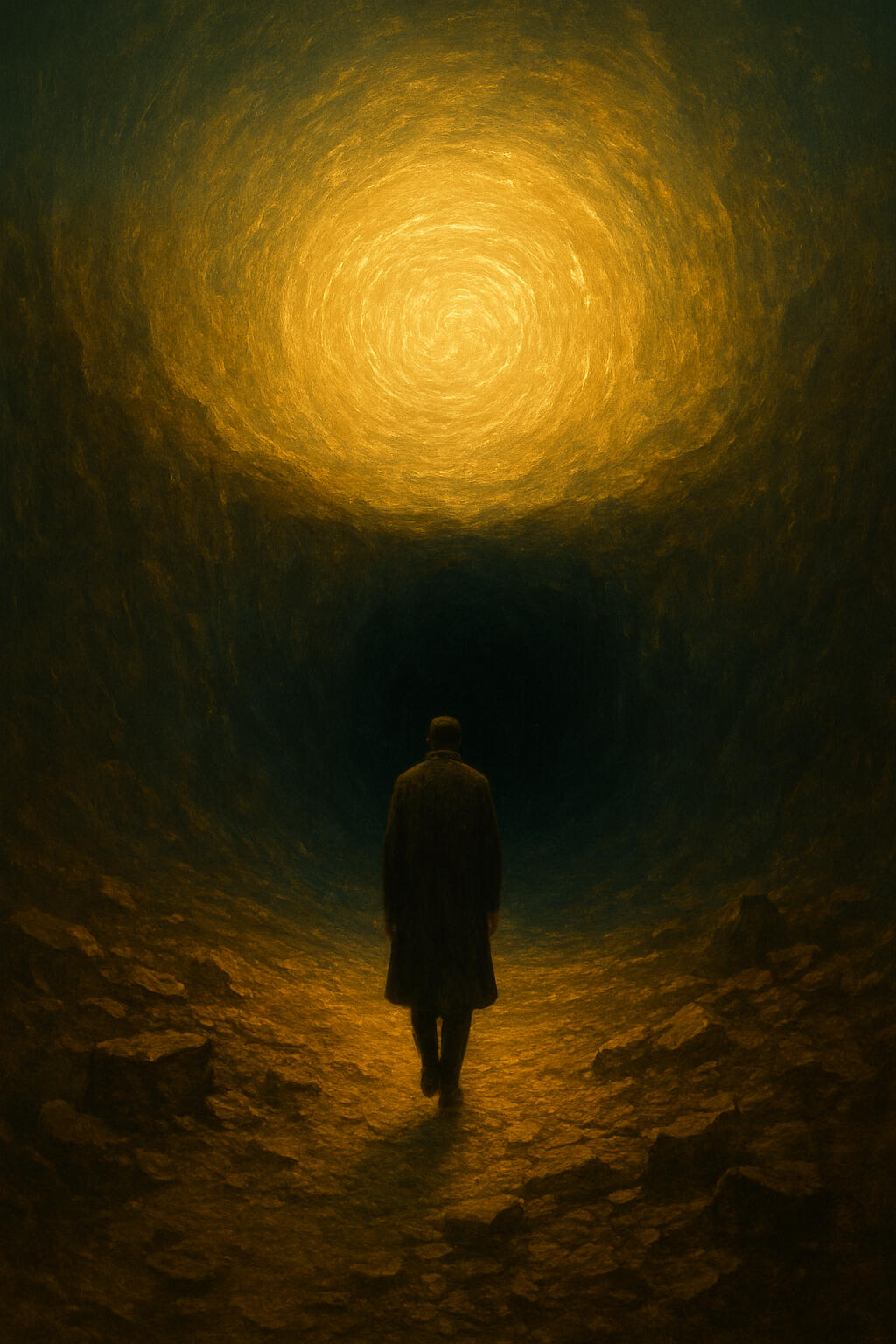



Coda: The Paths as Cultural ArchetypesThese weren’t just philosophies. They were moral stances, existential postures, ways of being forged in the fires of modernity. And they did not remain trapped in books — they breathed into literature, theatre, cinema, and the cultural soul.You can find Kant in courtroom dramas and noble idealists, trying to hold order against collapse.You can feel Nietzsche in the anti-heroes and rebels who refuse to submit to convention — characters who burn brightly, even as the world darkens.Sartre’s shadow lives in characters adrift in meaninglessness, trying to construct identity by sheer will — bold, broken, and alone.Heidegger lingers in slow, meditative films that explore presence and silence — like Tarkovsky’s Stalker, where the sacred is never explained, only felt.Kierkegaard’s tremble echoes in the quiet courage of those who still dare to love, or believe, or wait.Camus lives in the haunted detectives and solitary figures of moral clarity — standing up not because it matters, but because it’s right.Kafka is everywhere now — in the surreal frustration of systems that suffocate, in the anxiety of being watched, misunderstood, erased.And Dostoevsky, with his tormented vision of faith, guilt, freedom, and the longing for transcendence, showed us what happens when the soul tries to reason with the abyss. His characters live on the edge of belief — torn between rebellion and redemption.Jung and Buber return in moments of deep relation — when something symbolic breaks through, when presence becomes sacred, and the world speaks again.These thinkers are not just voices from the past — they are modes of orientation. They live in us. They live in the stories we tell, the choices we make, the longings we carry.They are not the end of the story — but the map of where we’ve been, and how we might begin to return.






“The mystery of human existence lies not in just staying alive, but in finding something to live for.”
— The Brothers Karamazov

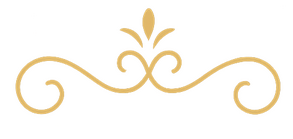



The Collapse of Relevance Mapping
The Shattering of Orientation
We are not creatures of data. We are not rational calculators moving through a neutral world. We are symbolic beings, navigators of meaning.As cognitive scientist John Vervaeke argues, we move through reality using a living system he calls relevance realization. We don’t see everything. We see what matters. What’s salient. What connects. What reveals.This is not an algorithm. It is an act of orientation. A symbolic compass embedded in our nervous system, shaped by emotion, story, ritual, memory. It tells us: Here’s where you are. Here’s what matters now.Traditional cultures were rich with relevance maps. Through myth, initiation, kinship, and sacred time, people knew their place in the story. The stars meant something. The seasons had spirit. The ancestors still spoke.But modernity broke those maps. It replaced them with abstraction. And then, with acceleration.Time fragmented. Language deconstructed. Symbols commodified. And what remained was a whirlpool of competing signals, flashing for attention, with no grounding structure behind them.When relevance collapses, so does the self. People become disoriented — not just politically or socially, but existentially. They no longer know where they are in relation to anything larger than themselves. So they drift. They reach for memes. They attach to ideologies. They perform identities. Not to be true, but to feel located.The result is not confusion. It is cognitive vertigo. It is not that we lack content. We lack orientation. In such a world, even the smallest gesture of symbolic coherence — a ritual, a story, a moment of quiet presence — can feel like the rediscovery of gravity.

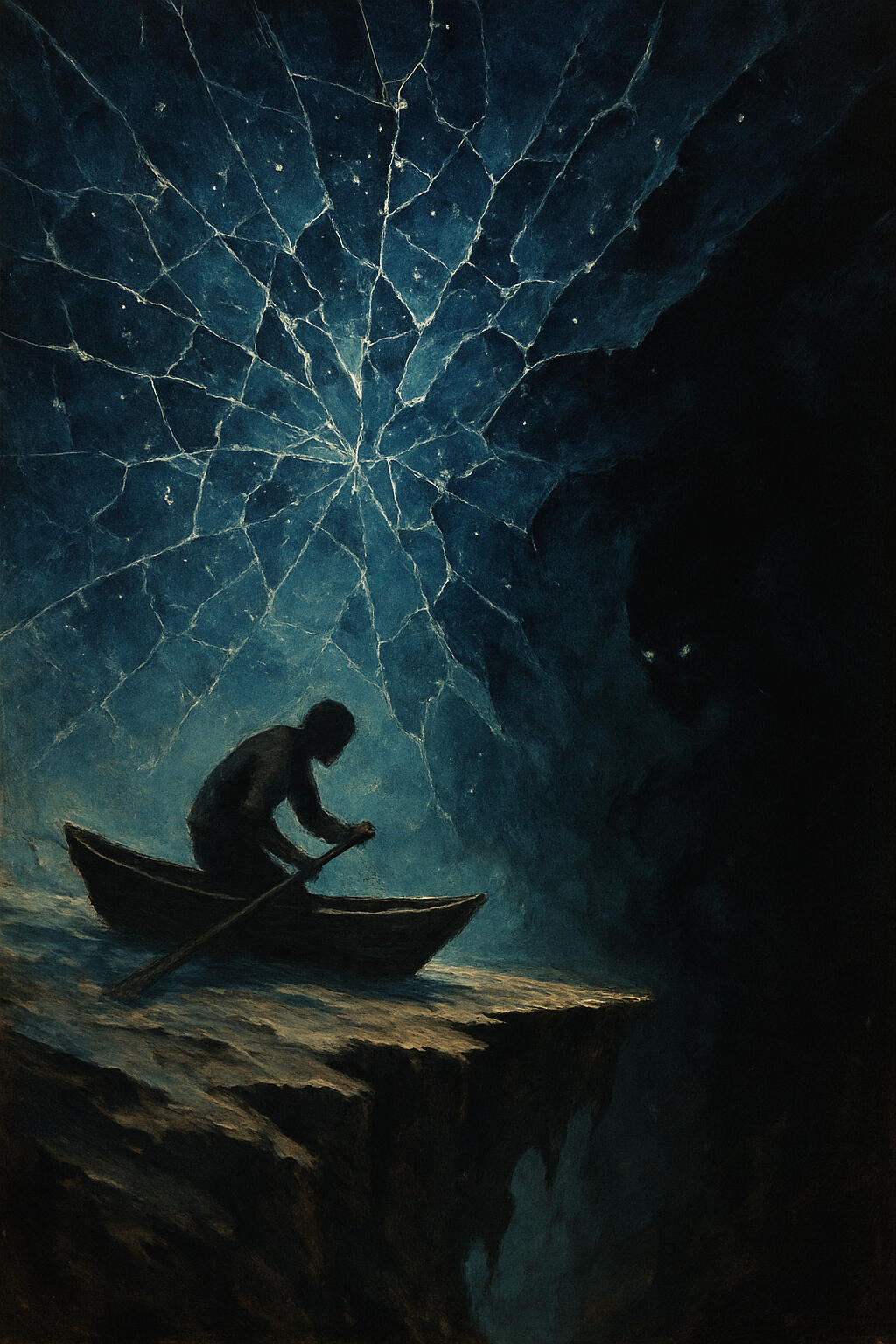




"If you bring forth what is within you, what you bring forth will save you. If you do not bring forth what is within you, what you do not bring forth will destroy you."
— Gospel of Thomas

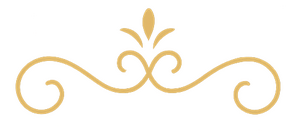



A Return to Symbolic Intelligence
The Reawakening of Presence
But collapse is not the end.
Sometimes, it is a clearing —
a space where something ancient can speak again.Where postmodernism saw only fragments, symbolic intelligence sees threads.
Where the modern world sought control, symbolic intelligence seeks relationship.
Where identity became a performance, it becomes once more a presence.Martin Buber, in his luminous I and Thou, reminds us that we do not live fully in a world of objects.
We live — and come alive — in relationship.
Not I–It, but I–Thou.
Not manipulation, but encounter.
Not domination, but reverence.To reawaken symbolic intelligence is to return to that space of encounter.
It is to listen for the inner shape of meaning —
not as something imposed from outside, but discovered through participation.The world has not fallen silent.
It is we who have forgotten how to hear.Symbolic intelligence is not an invention.
It is a remembering — a reawakening of presence in a living cosmos.To return is not to reconstruct old myths or revive abandoned rituals by force.
It is to listen again —
to the quiet hum beneath appearances,
to the rhythms that once shaped our being,
to the gestures of meaning that still ripple through the world.Presence is not performance.
It is participation.
It is the soul leaning forward into the breathing field of Being.In dream, in myth, in the rhythm of language and the pattern of seasons.
In music. In silence. In the quiet gravity of the present moment.
The symbolic is not a decoration.
It is the soul’s native tongue.To reclaim agency, we must stop performing and start relating.
We must remember what it means to be in dialogue with the world.Symbolic intelligence does not ask us to return to ancient forms —
only to recover the posture of reverence, rhythm, and response:
a participatory awareness that reorients us within a living, layered cosmos.It is not nostalgic.
It is ontological.Symbolic living is not a fantasy.
It is a practice.To speak the language of the world is to begin again with presence —
with ritual, with rhythm, with care.
Lighting a candle not to signal virtue, but to enter stillness.
Naming a child not as label, but as invocation.
Listening not just for content, but for resonance.To live symbolically is not to escape reality.
It is to enter it more deeply.
It is to remember that the sacred is not a category —
it is a quality of relation.And it begins the moment we turn back toward the world —
not to master it, but to meet it.


“From the unreal, lead me to the real. From darkness, lead me to light. From death, lead me to immortality.”
— Brihadaranyaka Upanishad I.iii.28





A Closing Lyrical Refrain
The Return of Orientation
This is not the end of man.
It is the end of a model — one built on containment, performance, and disconnection.
A model that mistook knowledge for wisdom, strategy for soul, and power for purpose.What returns now is not certainty, but rhythm.
Not domination, but relation.
Not a fixed map — but a living one:
A symbolic compass that orients us within a cosmos that breathes, speaks, and evolves.The self that now emerges is not built from assertion, but from listening.
Not from self-construction, but from sacred encounter.
Not from the will to power — but from the will to presence.Agency is not control.
Agency is the ability to respond.
To be in right relation.
To meet the world in stillness, and receive it in truth.






“The contemplative way is not a technique of self-discovery,
but a path of unknowing, a stripping away —
until one sees not the self, but the light in which the self is seen.”
— Thomas Merton



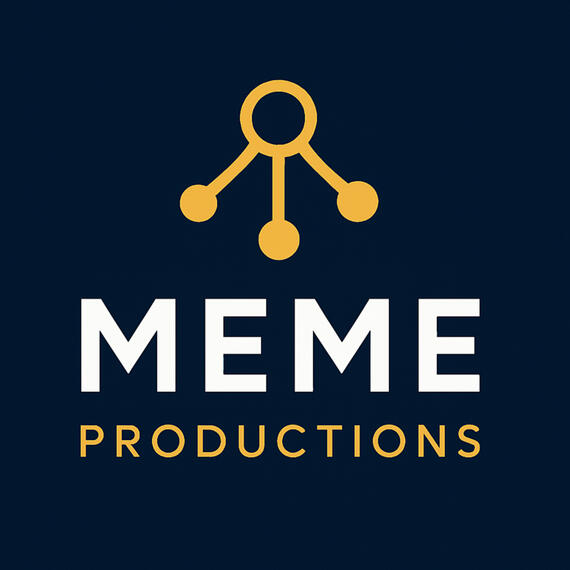


Tap a Symbol to Navigate


